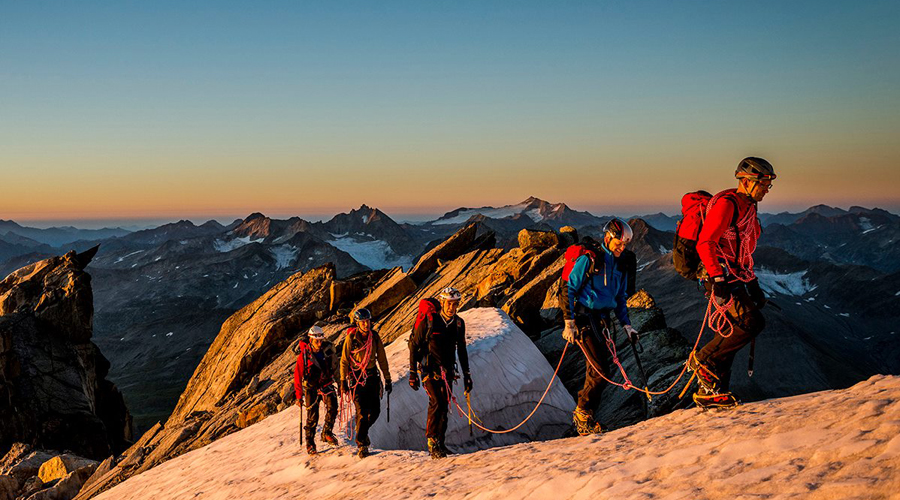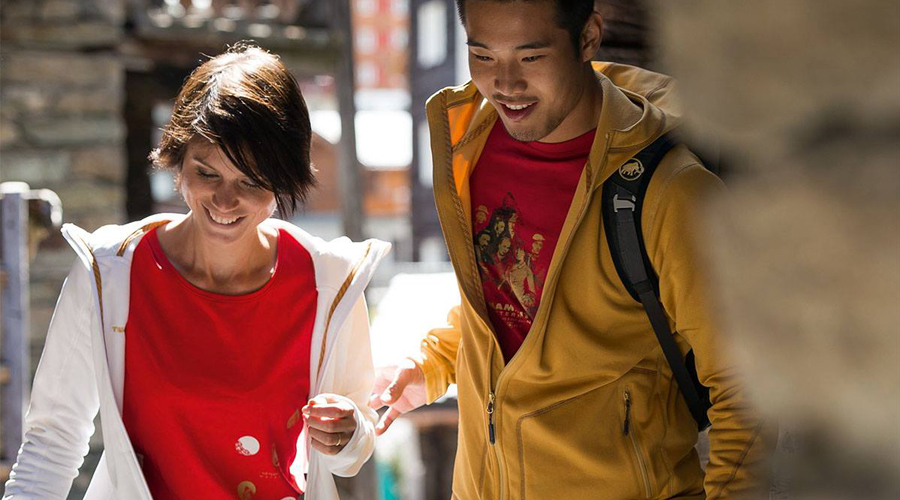By Charlie Lunan
Global outdoor and athletic brands grew their share of China’s outdoor product market in 2015 as domestic brands continue to adjust to growing competition, according to the China Outdoor Association (COA).
The COA’s Annual Market Report estimates retail sales of China’s core outdoor brands grew 5.3 percent, while overall sales of outdoor products grew 12.5 percent in the country. That marked the lowest growth rate for domestic brands ever recorded by COA. The association estimates retail sales of core outdoor products made by Chinese companies grew 10.9 percent in 2014, on top of 16.7 percent in 2013, which marked the beginning of an ongoing consolidation. COA estimates sales grew at a compounded annual growth rate of 60 percent from 2001 to 2010.
The trade association now expects retail sales of core outdoor products to grow in the single digits through 2017, accelerate to double-digits in 2018 and 2019, and surpass 20 percent in 2020.
It also expects online retailers to double their share to 31.5 percent of sales over that period, although much of the growth has come from lower quality, more fashion oriented products. Sales at mall based shops – a channel pioneered by Jack Wolfskin, The North Face and Columbia – are expected to decline to 51.8 percent from 62.8 percent, while specialty shop sales are expected to slip 5 percentage points to 16.7 percent of retails sales.
The COA Report, which is based on interviews with employees at 50 of the country’s leading core outdoor companies and data gathered from public company reports and online markets, breaks out China’s outdoor market into the following four submarkets:
Core Outdoor Brands: This group includes global brands such as The North Face, Jack Wolfskin and Mammut, as well as domestic brands such as Toread, Kailas, B.C. Sports, Mobi Garden and Scaler, which derive most of their revenue from technical outdoor product. In 2015, this group accounted for 40 percent of the market, or RMB18.8 billion.
Low Budget Outdoor Brands: These brands serve mass marketers such as Walmart, Metro and includes Decathlon’s Quechua brand. They accounted for 25.5 percent, or RMB11.5 billion in sales.
Fashion Brands: This group, which includes such brands as Lotto, Jeep, Camel and Active, generated 18.6 percent of industry sales, or RMB8.4 billion.
Sports Brands: Led by global brands such as Adidas and Nike and domestic brands like Li-Ning and Anta, the segment grew its share of sales to 16.7 percent, or RMB7.5 billion of the outdoor products market.
Sports Brands were able to grow their share in large part because outdoor brands remained focused on right-sizing their inventory and retail fleets in what marked a second year of consolidation and adjustment that the athletic brands had largely completed in 2013. Growth remained slow in the Fashion and Lower-Budget segments despite rapid expansion by Decathlon, which ended 2015 with 158 stores.
Within the Core Outdoor market, growth came primarily from a handful of leading brands and 50 new brands, 80 percent of which entered the market by selling direct online. COA noted two data points show that the industry remains in the early stages of consolidation. First, the number of domestic and foreign brands selling core outdoor product grew to 421 and 354 respectively. Second, the market share of the 10 largest brands increased to 55.9 percent from 55.3 percent.
The report, which was released June 30 at the COA Outdoor China Summit in Nanjing and presented during the Outdoor Show in Friedrichshafen July 13, forecasts that most core outdoor brands will enter a new growth phase in 2017.
Photos courtesy Mammut

















